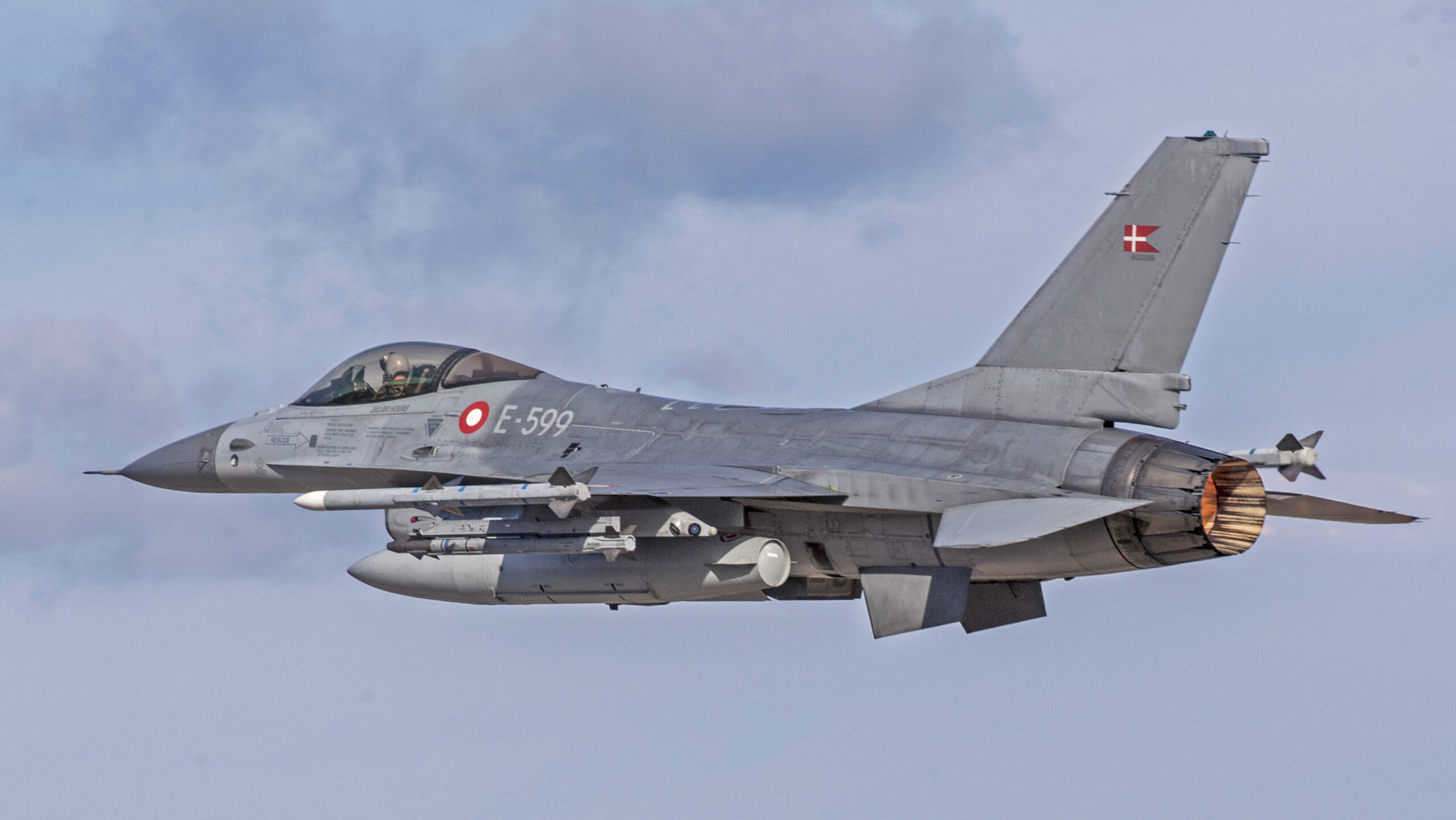Argentina’s seemingly endless search for a new fighter aircraft may finally be reaching its conclusion, with the Latin American country moving much closer to buying secondhand F-16s from Denmark. A contract is yet to be finalized but, after years of false starts, during which numerous different fighter options were pitched to Argentina, a replacement for its veteran A-4 Fightinghawks now looks much more realistic.
Yesterday, the Danish Minister of Defense Troels Lund Poulsen met his Argentine counterpart, Luis Alfonso Petri, in Buenos Aires. They signed a letter of intent regarding a potential sale of 24 former Royal Danish Air Force F-16s to Argentina.
“Danish defense is in the process of a generational change, where our F-16 aircraft are gradually being phased out in favor of new F-35 combat aircraft,” Poulsen said. He added that Denmark had already decided to donate 19 F-16s to Ukraine, while 24 more will now be sold to Argentina; the cost of the deal has not been disclosed, with a sales contract still to come.
The jets in question were built as F-16A/B Block 10 and Block 15 aircraft and later underwent the Mid-Life Update (MLU), bringing them up to a standard broadly similar to the later F-16C/D Block 50/52, albeit without the more advanced radar.
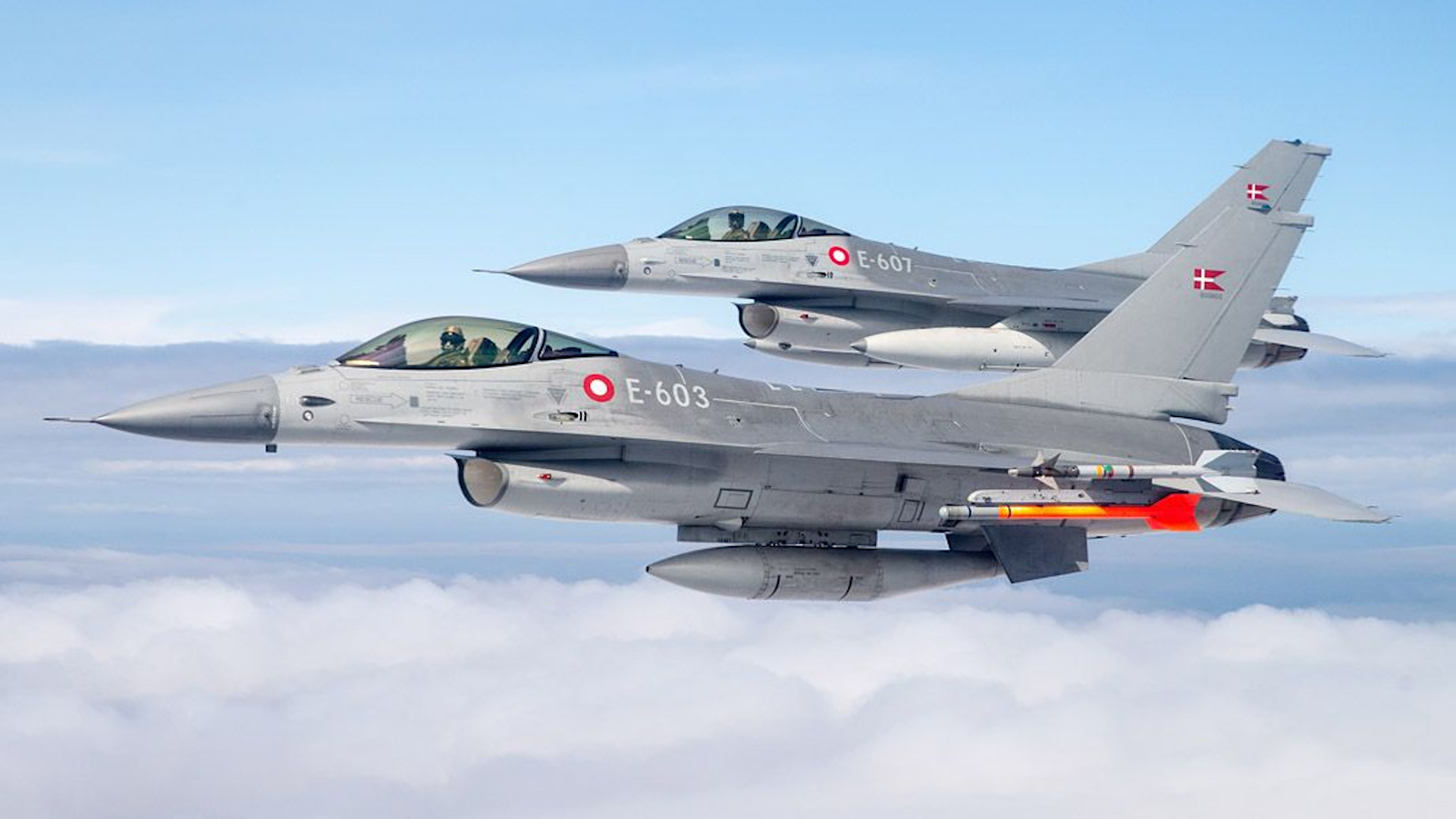
When the U.S. Congress was first notified of a possible transfer, the estimated value was $338 million, but this was for up to 38 aircraft, a number no longer feasible after the pledge to supply jets to Ukraine. In late 2021, it was confirmed that Buenos Aires had allocated $664 million for the purchase of new multirole fighter aircraft, including $20 million for support infrastructure, including refurbishment of runways.
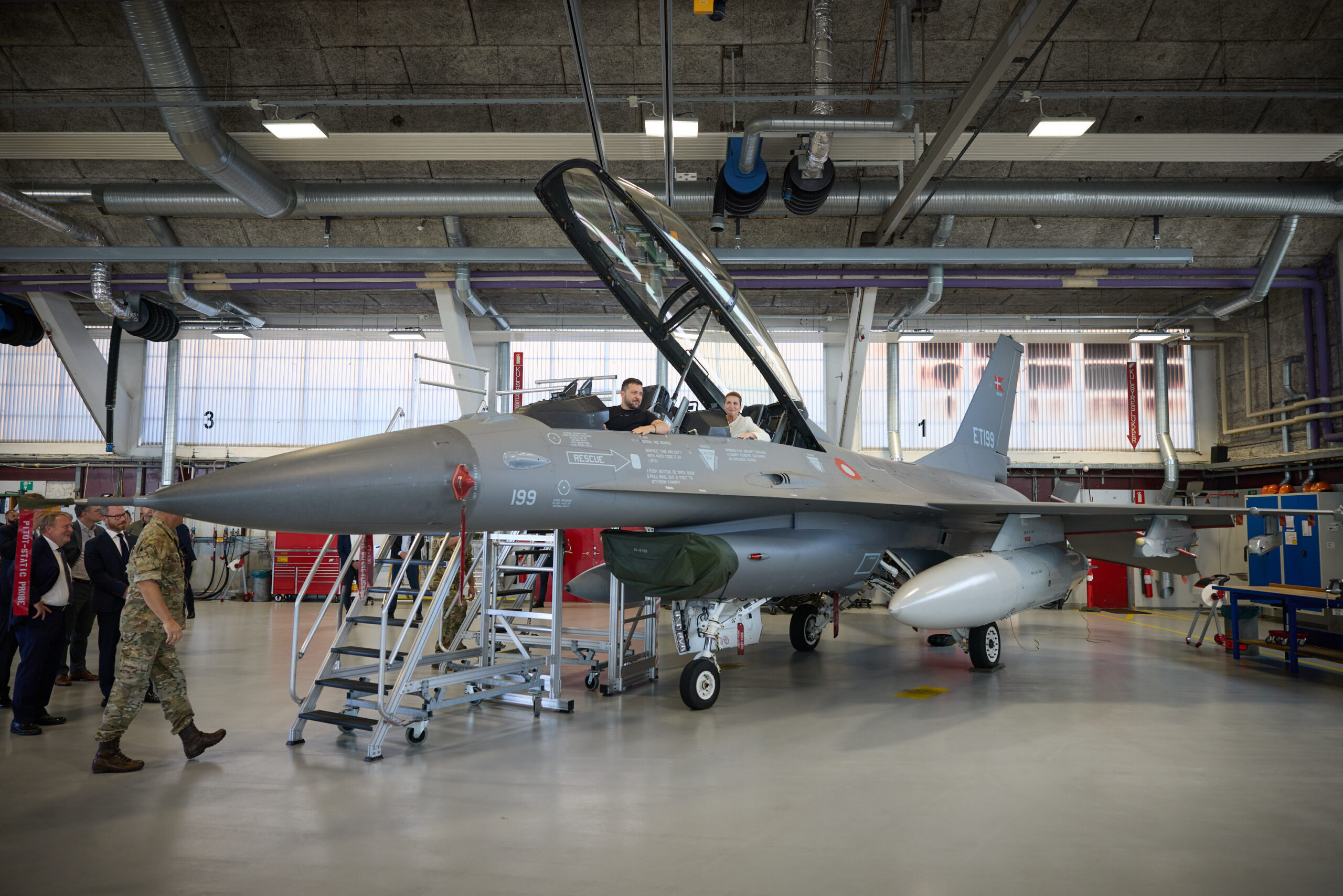
“I have had a good and extremely fruitful meeting with my Argentinian defense minister colleague, who is happy that Argentina can become part of the wider community of F-16 nations worldwide,” Minister of Defense Poulsen continued. “The sale of F-16 aircraft to Argentina has taken place in cooperation with the United States,” he added.
That final point is critical. The U.S. government needs to approve sales of U.S.-made defense equipment, even if via a third party.
In October last year, the U.S. Department of State gave the green light to a potential transfer of F-16s from Denmark to Argentina, stating that the transfer “reaffirms our close defense ties and steadfast support for Argentina’s air force modernization efforts.”
Earlier this month, Argentina’s President Javier Milei confirmed that Buenos Aires would purchase the secondhand F-16s from Denmark. Welcoming the news, the U.S. Department of State described the jets in question as “low-cost high-performance multirole aircraft.”
The price point is absolutely crucial to the deal being signed off, with Argentina having battled severe economic crises, including soaring inflation, since the turn of the century. Since then, the defense budget has steadily reduced, with the Argentine Air Force — once the strongest in the region — retiring assets and being left with no true fighter equipment. The spearhead of the air force is now provided by A-4AR and OA-4AR Fightinghawk (upgraded Cold War-era Skyhawk) attack jets and domestically produced IA-63 Pampa jet trainers that have a limited combat role.
As a result, its ability to maintain credible air defense across the country has been dramatically reduced, with the remaining combat aircraft — Fightinghawks plus co-opted training aircraft — mainly limited to counter-narcotics patrols along Argentina’s northern border.
Looking at the Fightinghawk in detail, this is an interesting story in itself, the result of an extensive upgrade of former U.S. Marine Corps A-4M and OA-4Ms by Lockheed Martin. The 32 A-4AR and four OA-4AR aircraft were supplied beginning in the mid-1990s. Coincidentally, these aircraft have the same AN/APG-66 radar as found in early-model F-16s and can carry AIM-9M Sidewinder air-to-air missiles.
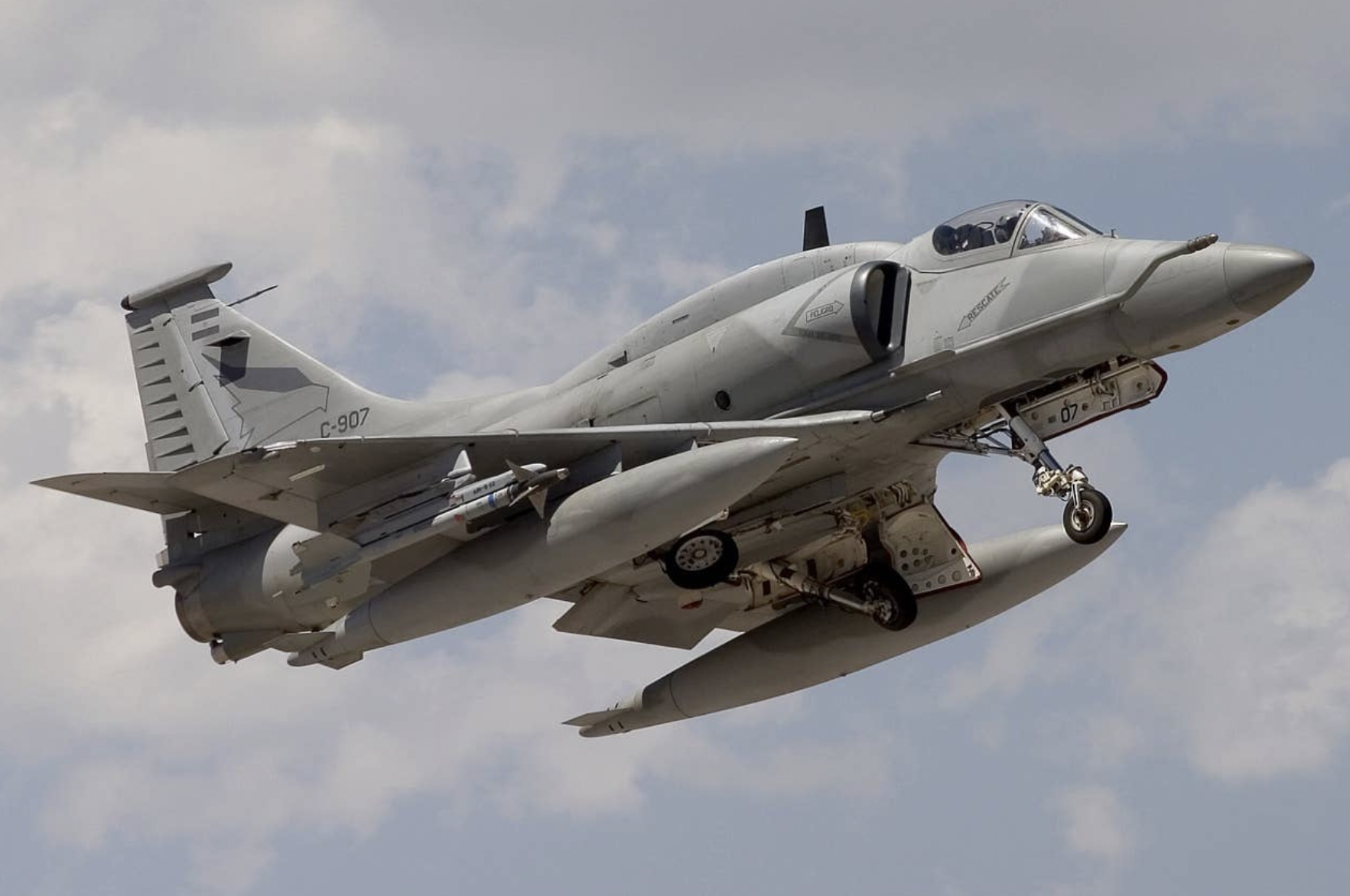
While they are far more advanced than the Skyhawks of the Vietnam era, the Fightinghawk is hardly an air defense fighter, a role it had to assume after Argentina retired its last French-supplied Mirages in 2015. As the jets get older, maintenance also becomes a bigger challenge.
Against this backdrop, the Argentine Air Force has long sought to reinstate its ‘fighter’ force, but the many candidates that have been considered have, so far, not produced any orders.

Among the options that have been suggested and then passed over or otherwise blocked are the Chengdu J-10, Dassault Mirage F1 and Mirage 2000, IAI Kfir, Korea Aerospace Industries (KAI) FA-50, Leonardo M-346, and the Saab Gripen NG.
There were even reports that Russia offered Su-24 Fencer strike aircraft — something that Moscow refuted. As AP summarized at the time: “The reports of the possible deal raised concerns in Britain that Argentina could use the bombers capable of high-speed, low-altitude raids to attack the Falkland Islands.” Ultimately, it seems the rumor was little more than an April Fools-style prank that got out of hand.
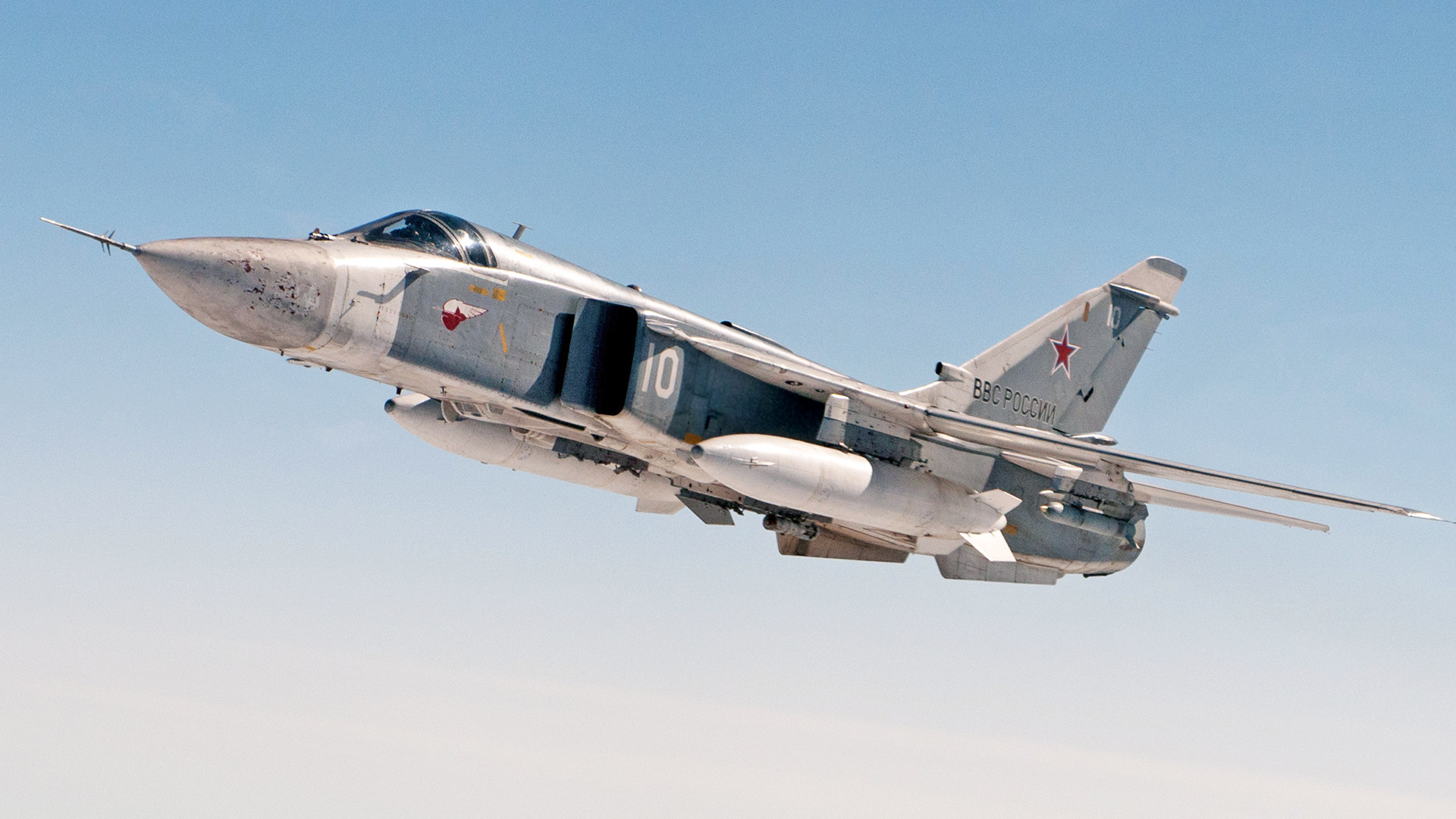
Reportedly, the most recent candidates, in addition to the F-16, were the Chinese JF-17 Block III Thunder and the Indian HAL Tejas Mk 1A. Local reports suggest the Tejas was the first to be knocked out of the competition, while it’s thought that Beijing offered Argentina 15-20 JF-17s, which would be manufactured in Pakistan, with the possible offer of Argentine co-production.
As well as the financial challenges of such a purchase, Argentina has had to repeatedly contend with the efforts of the United Kingdom to block potential fighter buys. As a legacy of the Falklands War, the U.K. government maintains an arms embargo on Argentina.
Notably, the British stepped in to block a potential Argentine purchase of the FA-50, an order for which seemed to be on the table as of 2020. According to a letter from KAI to Argentina’s ambassador in Seoul in October of that year, the Martin-Baker ejection seats — and five other British-made components — were the reason for the planned deal collapsing.
The U.K. embargo doesn’t only prevent the sale of aircraft that include British-made components but in the past it seems to have also found tacit U.S. approval, a position that now seems to have shifted.
One likely reason for that is concerns in Washington that Argentina’s seemingly perpetual search for a new fighter might push it to secure a deal with either Russia or — especially — China, providing either of those powers with a useful foothold in South America.
“There’s not a Chinese base yet in this hemisphere,” U.S. Southern Command head Gen. Laura Richardson said last year, but she warned that “that there could possibly be someday.”

With China’s interest in the wider region already a worry for the United States it seems highly likely that Washington pushed Buenos Aires to choose the F-16, something that local reports also hinted at.
It has been a long time coming, and it remains distinctly possible that there are a few more bumps in the road ahead. But, for the time being, the competition to provide Argentina with a new fighter aircraft looks to be the F-16’s to lose.
While the successful transfer of these jets will be a boon to the United States, as it warily eyes Chinese activities in South America, for Argentina it will finally provide a true fighter capability lacking since 2015.
Contact the author: thomas@thewarzone.com
